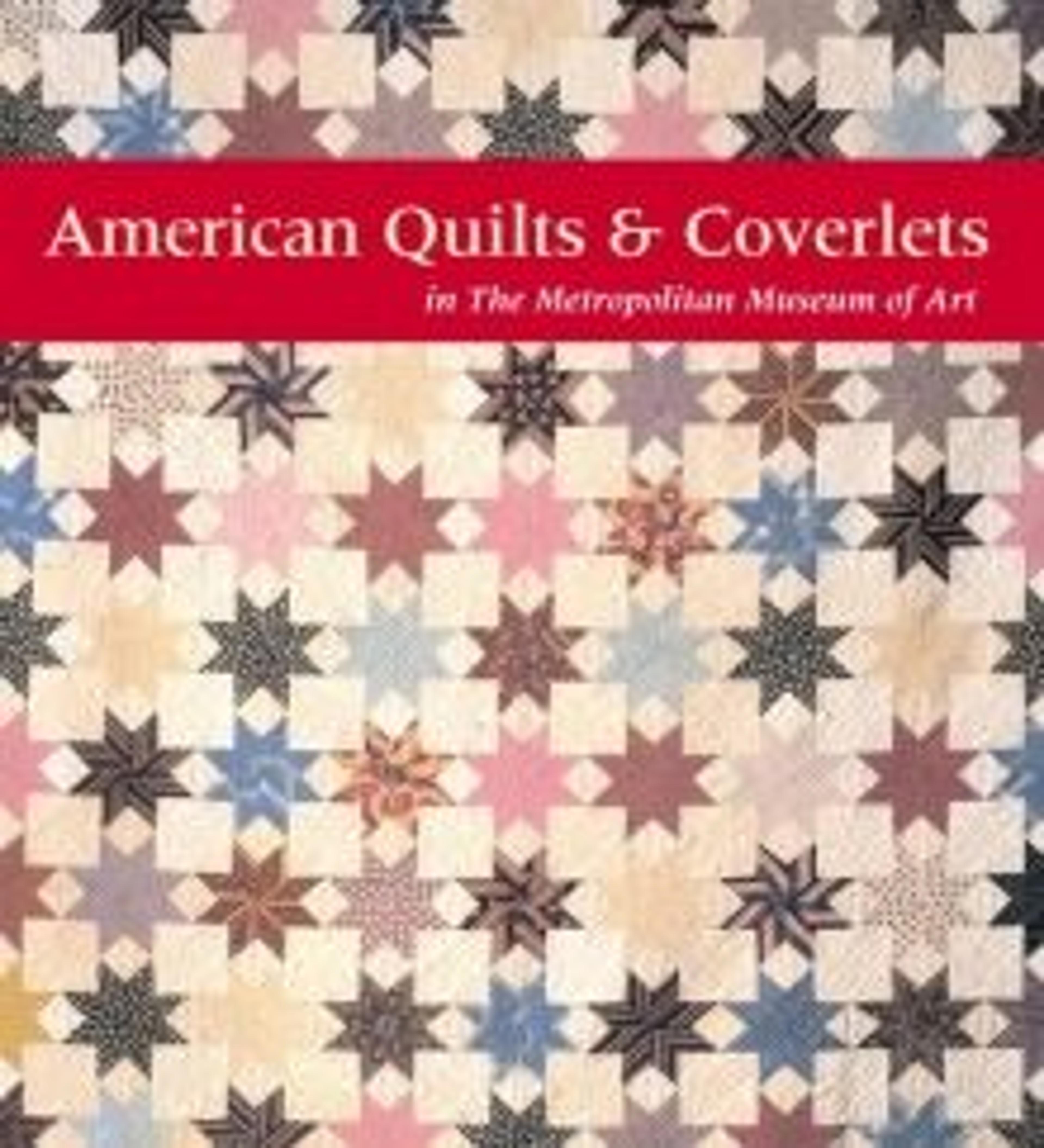Quilt (or decorative throw), Crazy pattern
This Crazy quilt is exceptional for a number of reasons, the most important being that it is one of a few well-documented examples of a mourning quilt. It was made as a memorial after the death of twenty-year-old Grace Gertrude North (1856–1877), the only child of Tamar and Benjamin North of North's Landing, Indiana. We assume that Tamar North started work on the quilt soon after her daughter's death. If it was indeed made in 1877, this is a fairly early example of a Crazy quilt. It is pieced of silk and silk velvet, but there are also pieces of cotton and cotton lace. According to family history, North made the quilt from pieces of Grace's dresses, and the types of fabrics utilized seem to bear this out. Many symbols of Grace's death ornament the quilt, such as her birth and death dates, an angel, and her name with a calla lily to each side.
Artwork Details
- Title:Quilt (or decorative throw), Crazy pattern
- Maker:Tamar Horton Harris North (1833–1905)
- Date:ca. 1877
- Geography:Made in North's Landing, Indiana, United States
- Culture:American
- Medium:Silk, silk velvet, cotton, and cotton lace
- Dimensions:54 1/2 x 55 in. (138.4 x 139.7 cm)
- Credit Line:Gift of Mr. and Mrs. John S. Cooper, 1983
- Object Number:1983.349
- Curatorial Department: The American Wing
More Artwork
Research Resources
The Met provides unparalleled resources for research and welcomes an international community of students and scholars. The Met's Open Access API is where creators and researchers can connect to the The Met collection. Open Access data and public domain images are available for unrestricted commercial and noncommercial use without permission or fee.
To request images under copyright and other restrictions, please use this Image Request form.
Feedback
We continue to research and examine historical and cultural context for objects in The Met collection. If you have comments or questions about this object record, please contact us using the form below. The Museum looks forward to receiving your comments.
